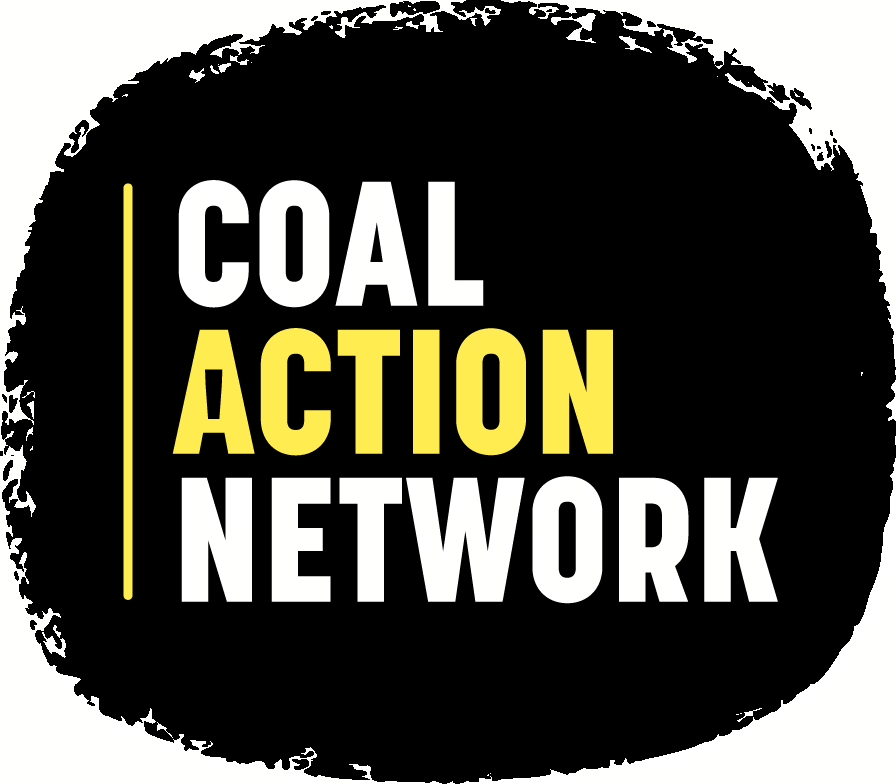Include some reasons you’re opposed to a new coal mine starting.
Pick one or two and say it in your own words.
Stop the Climate Emergency
- We cannot mine and burn 2.5 million tonnes of coal per year up to 2070 and avoid catastrophic climate change.
- The mine is not compatible with climate crisis goals including the Paris Agreement.
If you want to add more detail…
Talk about why the climate crisis matters to you. Be passionate!
The judgement against Heathrow has shown that the Paris Agreement is legally enforceable in the UK, meaning that large scale, long-term high carbon projects like this one could face legal challenges.
The company has said that only their on-site emissions (at the mine itself) should be considered, not the emissions from where the coal is burned. But this is unlawful according to the Environmental Impact Assessment Regulations. See South Lakes Action Against Climate Change legal letter to Cumbria County Council.
Help the Green Steel revolution
If you want to add more detail…
Steel manufacturing using coal is a very polluting process. For every tonne of steel produced using coking coal, two tonnes of CO2 is released.
We don’t need coal in steelmaking. While steel remains a much used material in the construction of many infrastructure projects, it does not have to be produced using coal. Metallurgical coal can be replaced with natural gas in a process called Direct Reduced Iron (DRI) which creates about 40% less CO2 emissions than steel produced using coal. Globally natural gas based DRI already accounts for 5% of steel making.
In order to further reduce emissions steel making techniques are developing quickly, with the Hybrit project from SSAB, LKAB, and Vattenfall aiming to begin production of fossil-free steel as early as 2026 using hydrogen instead of natural gas.
Cumbria County Council has pledged to become carbon neutral
- Approving the Woodhouse mine would make this impossible.
- The company claims the mine is ‘carbon neutral’ but this has been proven incorrect.
- The council need to invest in long-term low-carbon jobs, not coal mines
If you want to add more detail…
The company’s claim to be carbon neutral is based on a false claim that coal extracted domestically ‘displaces’ coal that could be extracted and imported from elsewhere, rather than adding extra coal to the market which will add additional CO2 emissions. Professor Paul Ekins of the UCL institute of sustainable resources explains why what the company says is false: “There is no evidence to suggest that coal from the new mine would result in reductions in coal extracted from mines overseas. Basic economic theory suggests that […] an increase in the supply of a commodity such as coking coal will reduce the price of the commodity, leading to increased demand, and therefore increased emissions.”
The company argues that coal in steel can be made carbon-free using Carbon Capture and Storage (CCS) but this is not likely to be available at scale, whereas coal-free steel alternatives (above) are.
There are many other reasons to object, such as impacts on the local marine life, local economy and more detailed planning arguments, see South Lakes Action on Climate Change












